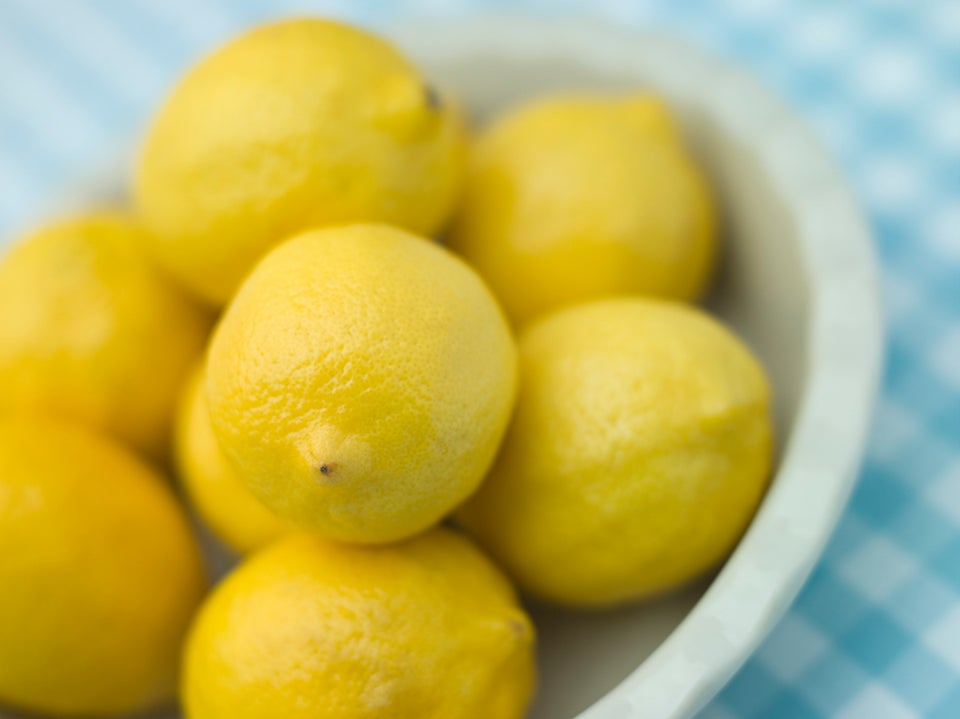Household dust is full of toxic chemicals that can lead to a whole host of health problems, new research suggests.
Scientists from the US found chemicals linked to cancer and infertility shed from household goods such as televisions, furniture and beauty products and end up in dust.
“These chemicals can enter our bodies from air and dust when we breathe and touch contaminated surfaces, accidentally transferring them to our food or mouth with our dusty hands. And some of these chemicals can contribute to health problems,” co-author Veena Singla explained.

The scientists, from several US universities, analysed data from 26 previously published studies and one unpublished study in order to draw their conclusions.
They found that potentially harmful chemicals such as some phthalates, fragrance, flame retardants and phenols were “consistently found in 90% or more of dust samples”.
These chemicals have previously linked to several health problems, including respiratory issues and declining IQ.
Notably, the researchers found frequent traces of the flame retardant chemical TDCIPP, which is known to increase a person’s risk of cancer and infertility.
They said children are most at risk from exposure.
“Young children are at higher risk for exposure to chemicals in indoor dust because they come into much more contact with this dust when they crawl, play on the floor, and put their hands in their mouths,” Singla explained in the journal Environmental Science & Technology.
“Children may also be more vulnerable to the effects of toxic chemicals because their brains and bodies are still developing.”
The good news is there are a number of ways to reduce the chemical exposure you or your children experience.
Singla recommends vacuuming floors regularly and cleaning them with a damp mop to reduce levels of contaminated dust. She also stresses that washing hands with soap before eating can help.
Stuart Harrad, professor of environmental chemistry at the University of Birmingham, said the US-based research is also relevant to the UK.
“This review of evidence for the presence of consumer chemicals in indoor dust from the US confirms the substantial evidence for the presence of the same chemicals in dust from UK cars, homes, and offices, as well as school and nursery classrooms,” he told The Guardian.
“This is pertinent as we and others believe the presence of these chemicals in consumer articles and dust leads to their presence in human milk and blood.”
